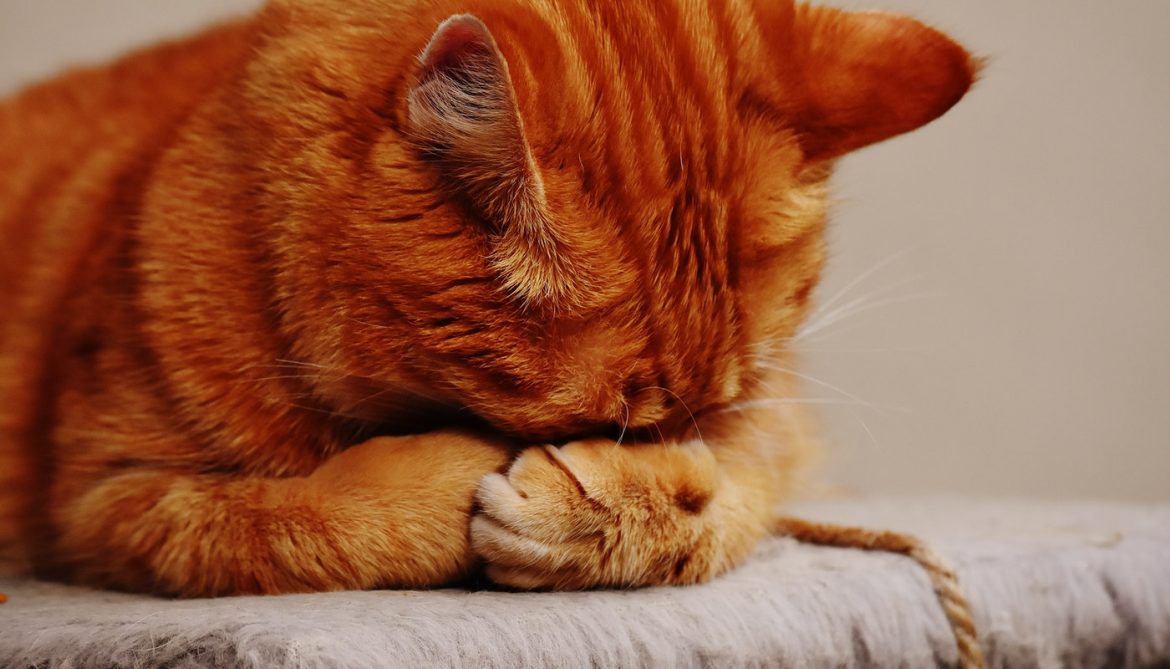The urethra is a tube or tract that carries the urine from the bladder to out of the body. Urethral obstruction or UO is an emergency and requires immediate veterinary treatment. UO may occur in any cat but it usually occurs in middle aged male cats as their urethra is longer and narrower than that of females. Cats that are obese or are fed exclusively dry food are at a higher risk of developing UO. Urethral obstruction may be partial (there is still some but low passing of urine) or complete (no passing of urine), partial UO if not addressed immediately may progress to complete urethral obstruction.
Urethral obstruction can occur due to a multitude of factors. These are usually physical obstructions such as urethral plugs, urinary stones/crystals, strictures, or even tumours. Mechanical blockages can also occur secondary to urethral spasm or swelling secondary to inflammation in the lower urinary tract.
A urethral obstruction causes accumulation of urine in the bladder for long periods of time. This leads to an accumulation of toxins in the bloodstream and electrolyte imbalances that can be life-threatening and also lead to renal failure. Without timely diagnosis and management UO becomes a life-threatening condition. Since cats do not normally tend to show signs of any disease early on, UO is usually reported later in the course of the condition. Early signs of a developing UO include increased vocalisation and frequent trips to the litter box. Affected cats may show frequent licking of their hind ends or straining without urinating in the litter-box. However, these signs are not specific to UO and may be misinterpreted as a urinary tract infection, cystitis, or even constipation, leading to delay in seeking veterinary attention. If left untreated for 24 hours or more, a cat can rapidly deteriorate and will begin to show other signs of systemic illness. These cats may exhibit vomiting, lethargy, dull mentation, or inability to stand up. These cats must be treated urgently and are at risk of dying. Because of the seriousness of UO and its rapid progression, any cat that is straining in the litterbox should be brought to a veterinarian for evaluation.
Such cats on evaluation may present a swollen and painful bladder, immediate fluid therapy for flushing out toxins and correcting electrolyte balance and dehydration is priority. Clearing out of blockage and placing an indwelling catheter for 24-48hrs to empty the bladder, till the blood parameters and urine return to normal is of importance. Pain medication, sedatives and antacids may also be administered to keep the cat comfortable. It should be made sure that the cat is capable of passing urine on its own.
Sadly, the possibility of recurrence is very high, a change in diet (Prescription urinary diet) and ample access to fresh drinking water may help prevent this. Cats that develop repeated urethral obstructions despite appropriate management changes, may benefit from perineal urethrostomy (PU) surgery as a more permanent solution. This procedure involves the surgical removal of the narrow end of the urethra and may make obstruction less likely.
Urinary obstruction is a common condition and is reported in 28-58% of all cats with lower urinary tract disease. Preventative measures can significantly lower the risk of recurrence but it is important to remember that a cat with prior blockage will be more likely to block again and will need to be monitored throughout its life.
,

